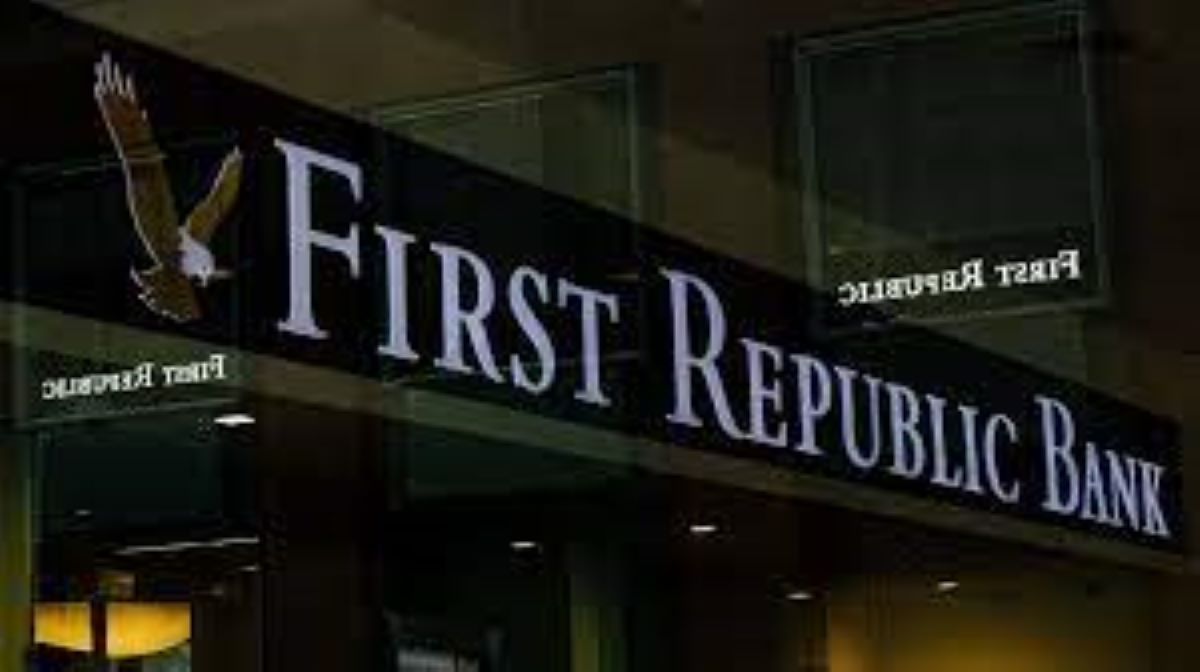
US authorities seized First Republic Bank on Monday, May 1, and a deal was struck to sell the bank to JPMorgan Chase & Co, making it the third major US institution to collapse in two months.
The JP Morgan Takeover
As per the Mint, the merger increases the size of JPMorgan, the country’s largest bank, a result that government officials have worked hard to prevent in the past. Because of US regulatory limitations, JPMorgan would generally be unable to increase the size of its deposit base due to its size and current share of the US deposit base. Additionally, the Biden administration and well-known Democratic lawmakers have resented consolidation in the financial sector and other industries.
According to a statement from JPMorgan, the banking behemoth would accept $173 billion in loans and around $30 billion in securities from First Republic Bank, including $92 billion in deposits. It is not assuming any corporate debt or preferred stocks of the bank.
The Fall Of First Republic Bank
Like Silicon Valley Bank, which collapsed in March and catered to venture capital firms, First Republic specializes in private banking for affluent clients. According to a First Republic history, the lender’s chairman Jim Herbert founded it in 1985 with less than ten employees. The bank was the 14th-largest in the US by July 2020, with 80 locations spread across seven states. At the end of the previous year, it employed over 7,200 people.
First Republic was put under pressure, along with other regional lenders, when the Federal Reserve increased interest rates to combat inflation, which reduced the value of the bonds and loans the bank had purchased while rates were low. As concerns about First Republic’s condition spread, depositors fled, initially in search of higher returns and later out of fear.
As a result, a capital hole discouraged a full-scale rescuer from intervening. The bank’s first-quarter report and news of its plan to sell assets and organize a rescue in April sparked a new wave of anxiety. The bank announced it would eliminate up to 25% of its workforce, reduce the amount of outstanding loans, and cut back on unimportant activities.
On March 16, eleven US banks pledged $30 billion in new deposits to keep the First Republic functioning. JPMorgan, Bank of America Corp., Citigroup Inc., and Wells Fargo & Co. each contributed $5 billion.
It wasn’t sufficient. The stock, which peaked at $170 in March 2022, dropped to around $5 by the end of April.

